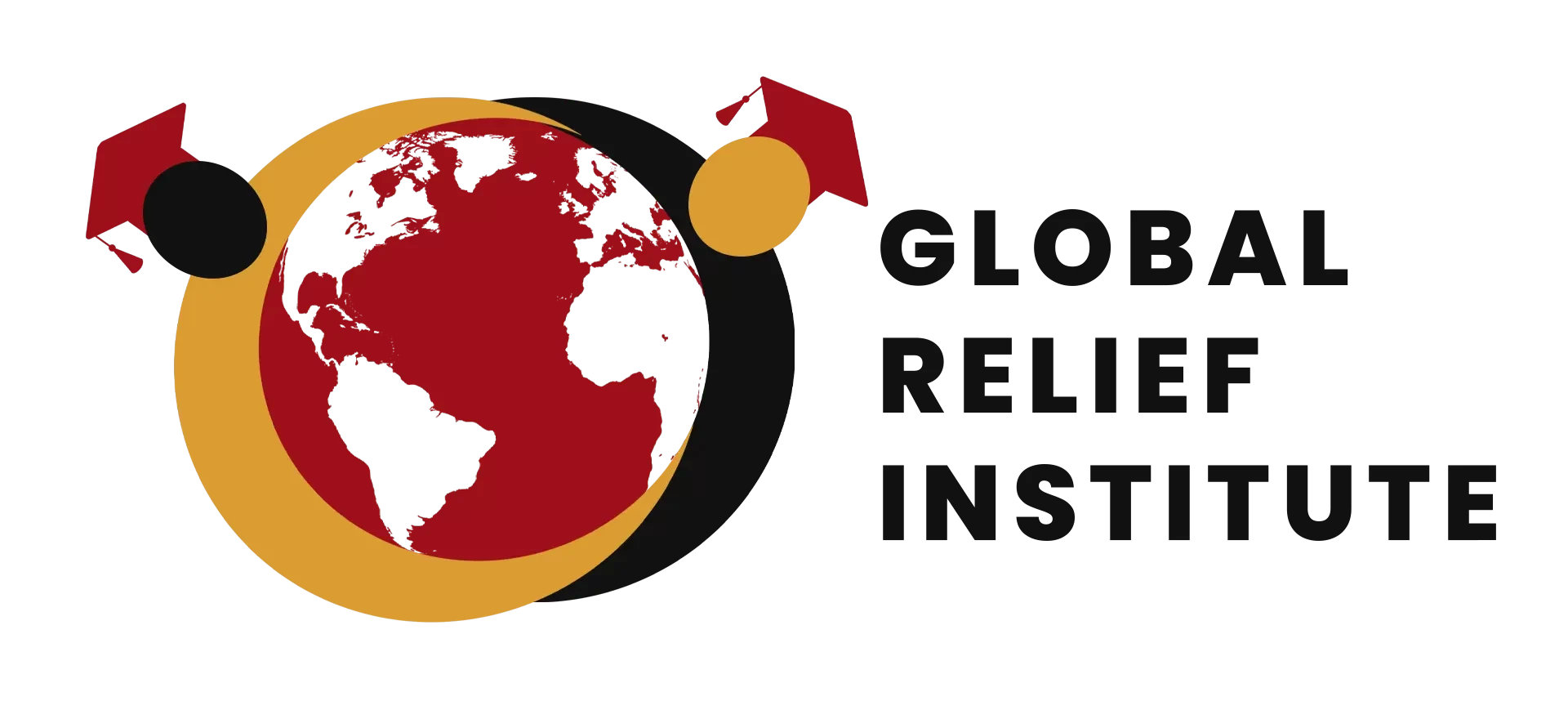Course overview
Creating a safe work environment requires careful planning and organizational commitment. Policies must be implemented; Assessments are needed to determine the level of risk and the appropriate security strategy. Fundamental safety and security preparations and procedures must be put in place to help prevent incidents or minimize the effect of those that do occur and guidelines for personal safety and security are needed to provide a framework for individual action and response and to increase confidence and awareness.
Safety and health principles are universal, but how much action is needed will depend on the size of the organisation, the hazards presented by its activities, the physical characteristics of the organization, products or services, and the adequacy of its existing arrangements.
This diploma course will equip you with necessary skills to understand and be able to fully observe security and safety management.
Course outline
MODULE ONE: INTRODUCTION
I. Safety management fundamentals
II. Organizational safety culture
III. State safety programmes
IV. Safety management systems
MODULE TWO: OCCUPATIONAL HEALTH AND SAFETY MANAGEMENT
I. Introduction
II. Definitions and diverse forms
III. Occupational Health and Safety Management systems: conditions for success and barriers to performance
IV. Barriers to Success: Special Implementation Difficulties
V. Lessons from Quality Management for Evaluating and Measuring OHSMS Performance
VI. Measuring OHSMS Performance
VII. Conclusion
MODULE THREE: SAFETY AND SECURITY FOR HUMANITARIAN WORKERS
I. Introduction
II. Differing perceptions of risk
III. Gender and security
IV. Staff care: Disparate levels of security capacity and support
V. Organizational policies and approaches to duty of care
VI. Consultation and participation
VII. National aid organizations and the need for responsible partnership
VIII. Humanitarian principles: Operational interpretations and applications by national aid actors
MODULE FOUR: SAFETY MANAGEMENT SYSTEMS
I. Introduction
II. Role of the safety management system
III. General requirements of the SMS
IV. Elements of the safety management system
V. Establishing the SMS
VI. Performance standards for the SMS
VII. Critical Success Factors for SMS
VIII. From security management to risk management
Who should enroll?
This is an introductory course suitable for anyone who has recently started working in or is thinking about entering the humanitarian sector, including staff of humanitarian aid organizations, governments, UN agencies, and individuals actively seeking work in the sector. There are no prerequisites for this course. All participants are expected to have theoretical knowledge of humanitarianism, although humanitarian aid experience is not presumed.
Training Format:
• All materials are made available through our Online Learning Platform
• Students should commit approximately 5-6 hours of their time per week
Materials Provided:
Online delivery of curriculum materials, exercises and templates.
Assignments:
In order to demonstrate their understanding of the course content, students will be required to submit assignments at the end of each month.
COURSE DURATION: 6 months
REGIONS TARGETED: Global
COURSE FEE: EUROS 1000
ORGANIZERSGlobal Relief Institute
LANGUAGE: English only
Kindly confirm your participation with:
Online Training Coordinator
Global Relief Institute
